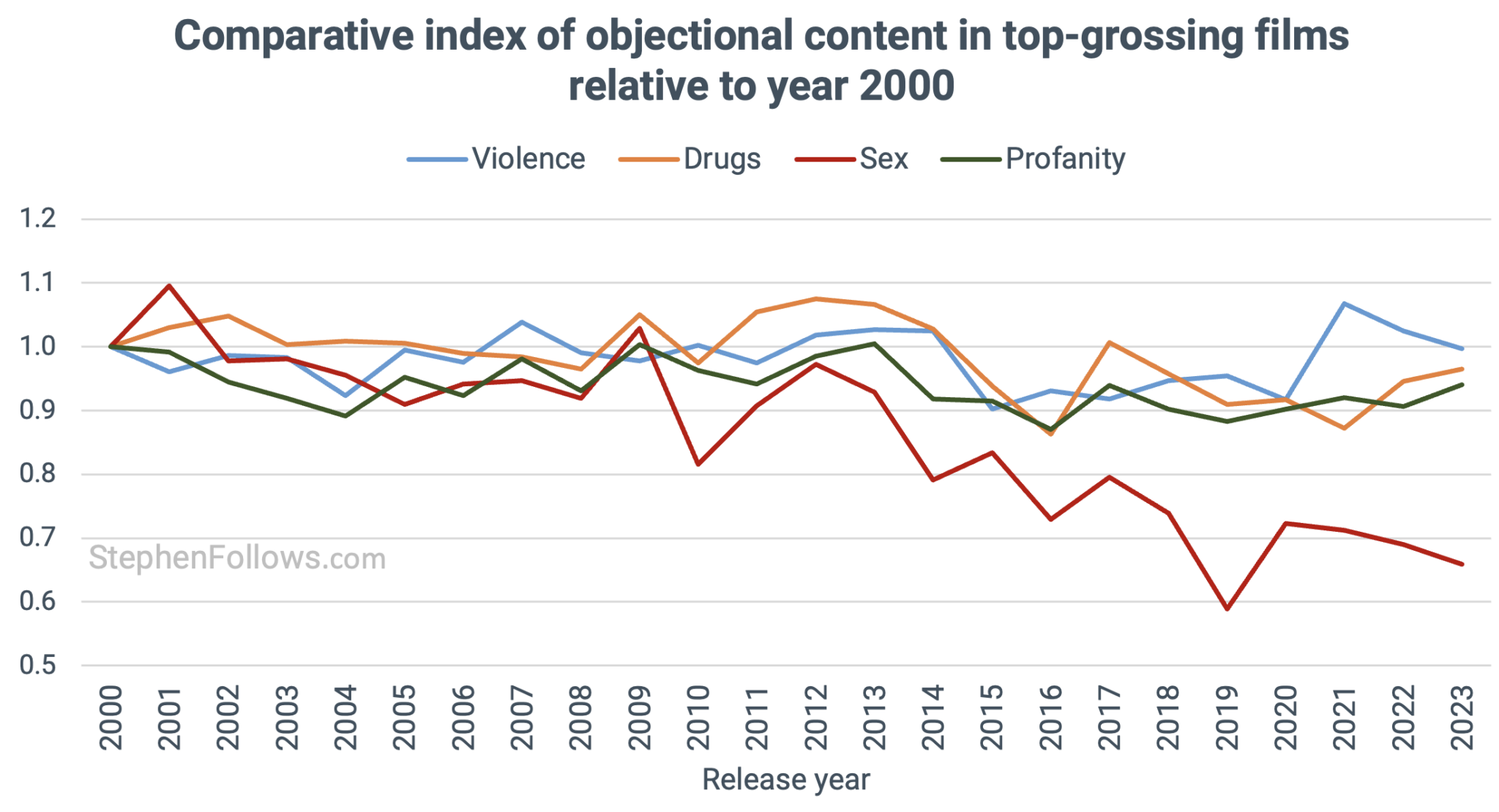Telefilm Canada has selected 17 Talent to Watch projects to share $3.45 million from 150 submissions.
It’s quite revealing to look at the numbers in detail.
Let’s start with Genre.
| Documentary | 8 |
| Drama | 4 |
| Science Fiction/Fantasy | 3 |
| Drama-Comedy | 1 |
| Thriller | 1 |
Province?
| Quebec | 7 |
| Ontario | 7 |
| British Columbia | 1 |
| Alberta | 1 |
| Manitoba | 1 |
Let’s look at Language next.
| English | 9 |
| French | 3 |
| English/Sudanese Arabic | 1 |
| Portuguese (Azorean dialect)/French/English | 1 |
| French/English/Algonquin | 1 |
| French/English | 1 |
| French/Creole | 1 |
And let’s finish up with Stream.
| Filmmaker Apply-Direct | 11 |
| Industry Partner | 3 |
| Festival | 2 |
| Indigenous | 1 |
In addition, if Gender is assumed from names and excluding Executive Producers:
| Female | approx. 25 |
| Male | approx. 15 |
Some observations:
- The number of submissions rose almost 20% from last year.
- Non-fiction continues to be almost as successful as Fiction.
- Almost all of the successful projects are from Quebec and Ontario.
- Almost one third of the successful projects include world languages in addition to English and/or French.
- The vast majority of successful projects continue to be Filmmaker Apply-Direct.
- Less than 20% of the successful projects are from Industry Partners.
- Women far outnumber men and other expressions of gender.
- No projects are selected from Atlantic Canada.
The cynical might posit that Telefilm’s Talent to Watch program continues to compensate for the broader industry.
My take: this is the third year that filmmakers could apply directly and Telefilm has rewarded them well! Therefore, if you can apply direct, bypass your local industry partner, for odds of approximately one in nine.


